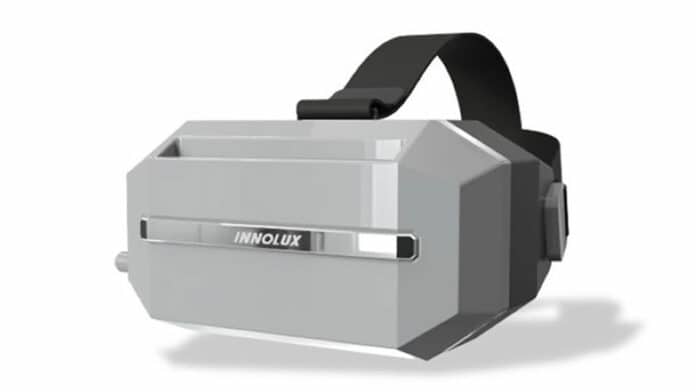Near-eye displays are the future of portable devices, offering virtual reality experiences. The main goals in developing these displays are to create immersive experiences and ensure visual comfort. In virtual reality, a larger field of view (FOV) enhances immersion, but reducing the vergence-accommodation conflict (VAC) for comfortable vision is vital.
Scientists have investigated several spatial and time multiplexed strategies to solve these issues. Near-eye displays are greatly enhanced by light field (LF) collections. Previous LF displays, on the other hand, had size and resolution restrictions that led to limited viewing angles and screen window effects.
Scientists from SPIE, The International Society for Optics and Photonics– have successfully addressed these limitations and achieved more realistic LF images using a 3.1-inch 3k3k LC display. In a new study, scientists have introduced an ultra-high-pixel density liquid crystal display with a resolution of 3.1 in. and 1411 PPI.
The field of view is improved, and the experience is more immersive, thanks to this enhanced display. Additionally, it includes sophisticated features, including eye tracking technology, reduced vergence-accommodation conflict, vision correction (without the need for glasses), and an expanded eye box.
Yung-Hsun Wu, one of the researchers from Innolux Corporation in Taiwan, said, “By utilizing light field technology, both vision correction and the expansion of the eyebox are achieved, thereby elevating the overall virtual reality experience and enhancing user comfort.”
The research studies the optics of light field virtual reality to create elemental image (EI) arrays using a lens array and spatially multiplexed light field optics. VAC is not a concern with this method because volumetric virtual pictures produce accurate, approximate, appropriate eye accommodation.
The authors concentrate on an impressively developed INNOLUX LCD with a high pixel density. The binocular FOV is increased by adding a 15-degree tilt between panels, ensuring outstanding angular resolution. The Modulation Transfer Function (MTF) faithfully reproduces high-quality images across the image field.
Thanks to corrected eye box mapping, the display facilitates the correction of myopia, hyperopia, and astigmatism. This process considers parameters like spherical power (SPH), cylinder power (CYL), and cylinder axis (AXIS) for comprehensive visual correction.
Scientists noted, “The paper offers a comprehensive exploration of the development of high-resolution light field displays, encompassing advancements in display design, pixel architecture, and vision correction through the integration of light field technology. This research significantly contributes to the progression of light field displays, paving the way for enriched visual experiences within high-resolution VR systems.”
Journal Reference:
- Wu et al., “Enhancing virtual reality with high-resolution light field liquid crystal display technology,” Journal of Optical Microsystems. 3(4) 041202 (2023) DOI: 10.1117/1.JOM.3.4.041202.
